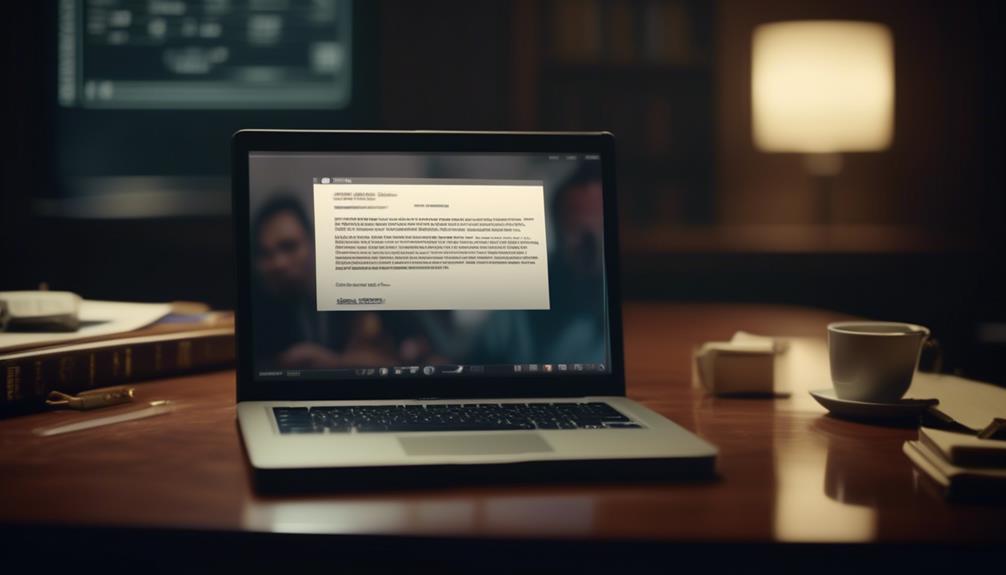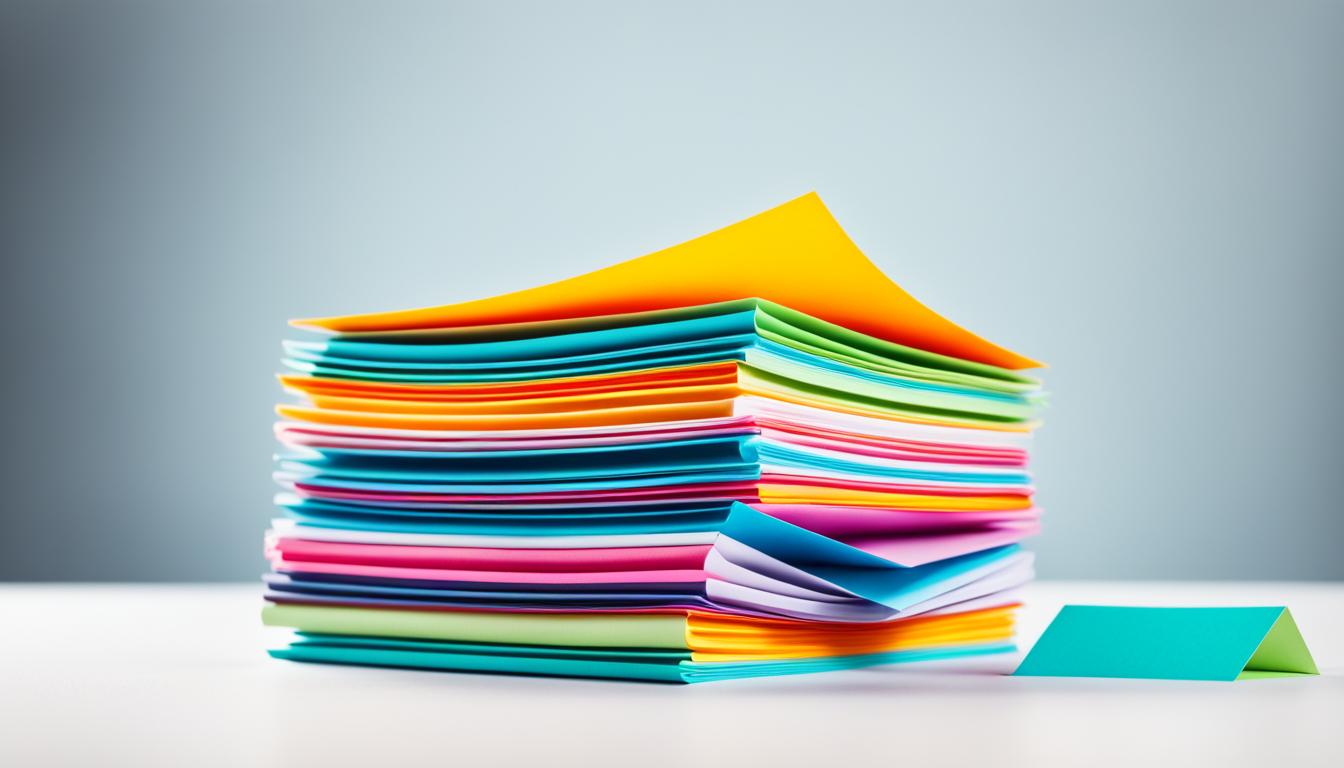So, have you ever been interested in simplifying your email interactions by generating links that directly open predefined email drafts? It’s an effective strategy that can conserve time and maintain uniformity in your communication.
With the ability to link directly to email templates, we can significantly improve our efficiency and standardization in email communication.
But how exactly do we go about setting up these hyperlinks? Well, it's not as complicated as it may seem, and in the following discussion, we'll explore the step-by-step process of creating hyperlinks to open email templates, along with best practices and the benefits of implementing this strategy.
Key Takeaways
- Hyperlinking to email templates enhances efficiency and standardization in email communication.
- Hyperlinking saves time by pre-filling subject line, body, and recipient's email address.
- Customization of email body and formatting is possible with hyperlinked email templates.
- Regularly reviewing and updating linked email templates ensures accuracy and alignment with best practices.
Understanding Hyperlinking to Email Templates
Understanding how to effectively use hyperlinks to launch pre-filled emails can greatly enhance user interaction and streamline communication processes. By creating a hyperlink, we can pre-fill the subject line, body of the email, and even the recipient's email address, saving time and ensuring consistency in communication. It's important to note that we can format the body of the email and include hard returns by adding specific characters to the hyperlink. This level of customization allows for a tailored and professional email experience.
Furthermore, examples of pre-filled email hyperlinks are provided, demonstrating specific formats and customizations. This practical demonstration helps users grasp the concept and implement it effectively in their own communication strategies. Additionally, troubleshooting issues with the hyperlink code syntax, uploading project files, or using alternatives like Presenter slides can help resolve formatting issues that may arise.
Ultimately, the email hyperlink functionality can be used for various purposes, such as course feedback, specific module inquiries, and interactive elements for user responses. This versatility makes it a valuable tool for fostering engagement and facilitating seamless communication within educational settings.
Selecting the Email Template to Link
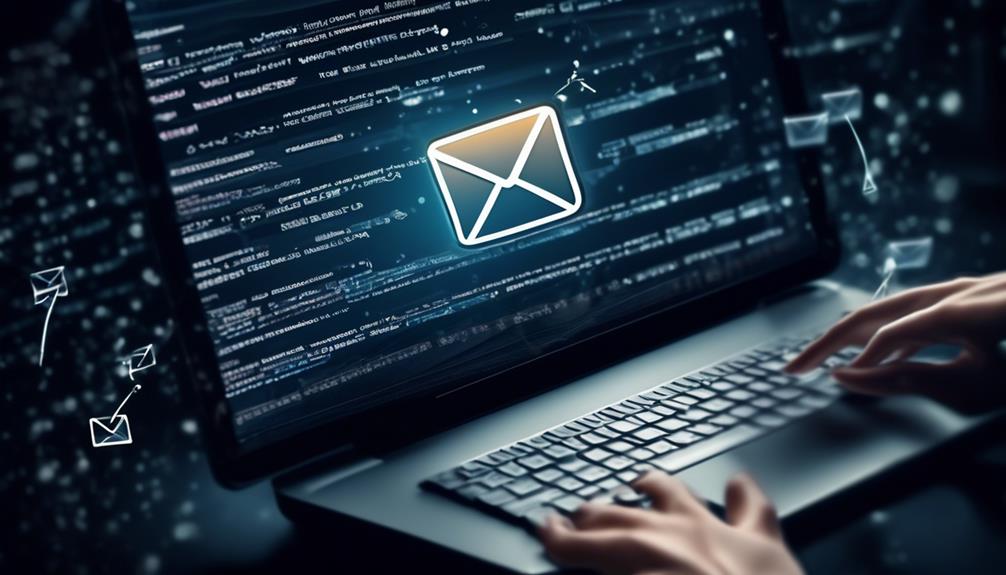
As we move forward in our discussion, it's crucial to consider the different email templates available for linking.
We want to ensure that the selected template aligns with the purpose and tone of the email, making the communication effective and professional.
Additionally, customizing the template to include specific elements such as bullet points or numbered lists can enhance the overall presentation and impact of the message.
I'm Happy to Help You With Your Request. However, It Seems That You Have Only Provided the Title and Subtopic of Your Blog Post, Along With the Directions for Creating Subheadings. Could You Please Provide More Context or Content for the Subheadings? Once I Have That Information, I Can Assist You in Creating the List of Subheadings
Sometimes, I'm happy to assist you with your request, and I can do so more effectively if you provide additional context or content for the subheadings.
It's essential to have a clear understanding of what you want to convey in each subheading to ensure that the content flows seamlessly and meets your objectives.
By providing more details or content for the subheadings, we can effectively craft a list that aligns with your goals and resonates with your audience.
This will enable us to create subheadings that aren't only informative but also engaging, captivating your readers from start to finish.
Locating the Hyperlink Option
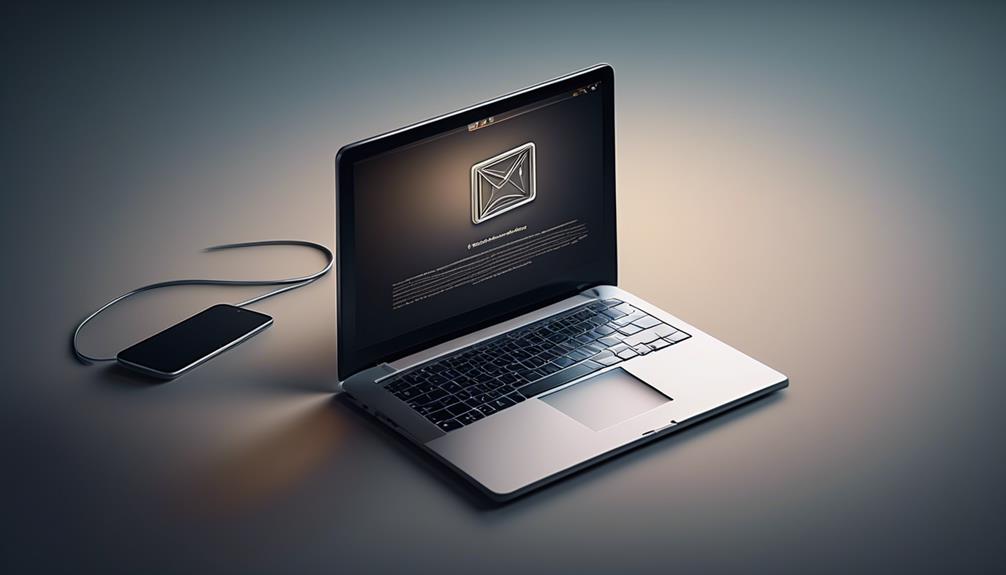
When looking for the hyperlink option, we can easily locate it in the toolbar or menu of most email platforms.
In Gmail, for example, you can find the option to insert a hyperlink by clicking on the chain link icon in the formatting toolbar. Similarly, in Outlook, the hyperlink option can be found in the Insert tab at the top of the email composition window.
For web-based email platforms like Yahoo Mail, the hyperlink option is typically located in the formatting toolbar above the email composition area. Simply look for the icon that resembles a chain link to insert a hyperlink into your email.
Mobile email apps also offer the hyperlink option, usually accessible through the formatting or attachment menu while composing a new email. In most cases, tapping on the menu icon or the more options icon will reveal the option to insert a hyperlink.
Creating the Hyperlink in Your Email
We can easily create a hyperlink in our email by selecting the desired text or image and then using the hyperlink option in the formatting toolbar to insert the appropriate web address or email address.
Here's how to do it:
- Select the Text or Image: Highlight the text or click on the image where you want to insert the hyperlink. This can be a call-to-action phrase like 'Contact Us' or an image of a product.
- Insert the Hyperlink: Click on the hyperlink option in the toolbar and enter the email address or web address. You can also add a subject line and body text for the email. This creates a pre-filled email that opens when the hyperlink is clicked.
- Customize the Formatting: Make sure to customize the formatting of the email, including adding hard returns and creating lists for a professional and organized appearance. This ensures that the email looks polished and is easy to read for the recipient.
Creating hyperlinks in emails not only adds interactivity but also provides a seamless way for recipients to reach out or respond. It's a powerful tool for engaging with your audience and encouraging action.
Testing the Hyperlinked Email Template
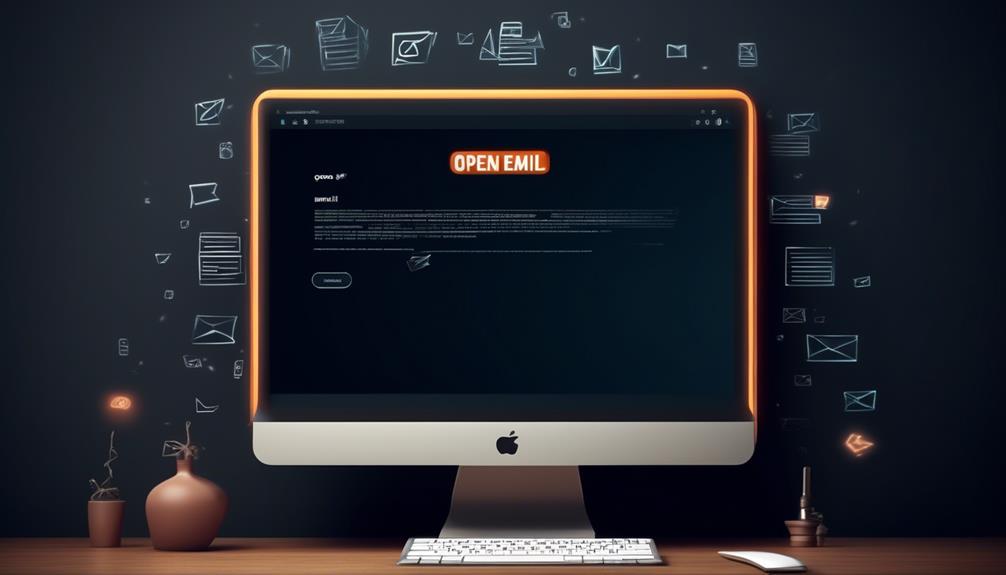
Upon clicking the hyperlink, the email template will open, pre-filled with the necessary details and formatting for a seamless testing process. This allows us to verify that the email subject, body text, and recipient details are accurately pre-populated.
By sending a test email to ourselves or a designated test account, we can confirm that the email appears as intended and that any HTML formatting is rendered correctly. Additionally, we should check for proper functionality on different devices and email clients to ensure a consistent experience for recipients.
If any issues arise, we can troubleshoot by examining the hyperlink code for errors and ensuring that the syntax is correct. Testing the hyperlinked email template also provides an opportunity to assess the overall user experience and make any necessary adjustments to improve clarity and usability.
Modifying Hyperlinked Email Templates

Incorporating dynamic hyperlinks into email templates enhances our communication efficiency and user experience. When modifying hyperlinked email templates, we've the opportunity to personalize and optimize our messages. This not only streamlines communication but also creates a professional and polished appearance.
Here are three key ways we can leverage the power of modifying hyperlinked email templates:
- Efficiency: By pre-filling email addresses, subject lines, and email bodies, we can save time and ensure accuracy in our communication.
- Customization: The ability to format emails with bullet points, numbered lists, and a professional layout allows us to convey information in a clear and engaging manner.
- Troubleshooting Solutions: Addressing issues such as capitalization problems, file uploads, and formatting challenges ensures that our emails are consistently impactful and error-free.
Managing Hyperlinked Email Templates
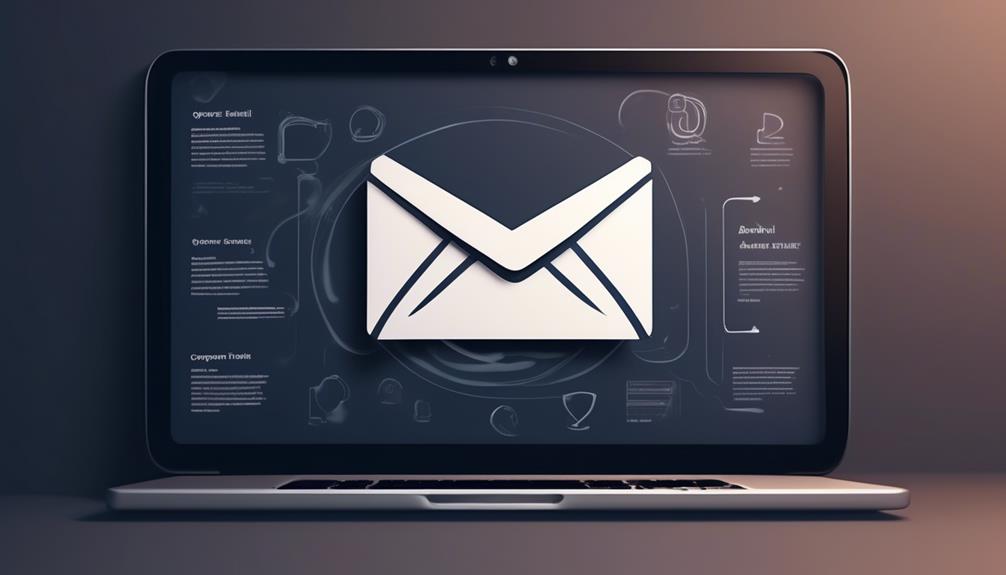
Transitioning from modifying hyperlinked email templates to managing them involves optimizing communication efficiency and user experience through strategic customization and troubleshooting solutions. When it comes to managing hyperlinked email templates, it's essential to consider various aspects such as customization, troubleshooting, and exploring additional features. The table below provides a brief overview of these key considerations:
| Consideration | Description | Emotion |
|---|---|---|
| Customization | Tailoring the email template to reflect brand identity and convey a professional appearance. | Personalization |
| Troubleshooting | Identifying and resolving issues with the template, ensuring seamless functionality. | Frustration |
| Additional Features | Exploring innovative uses such as course feedback and interactive elements for engagement. | Excitement |
Effectively managing hyperlinked email templates involves a balance of technical proficiency and creativity. By customizing templates to resonate with recipients, addressing any troubleshooting issues, and leveraging additional features, communication can be optimized for enhanced user experience.
Best Practices for Hyperlinking Email Templates
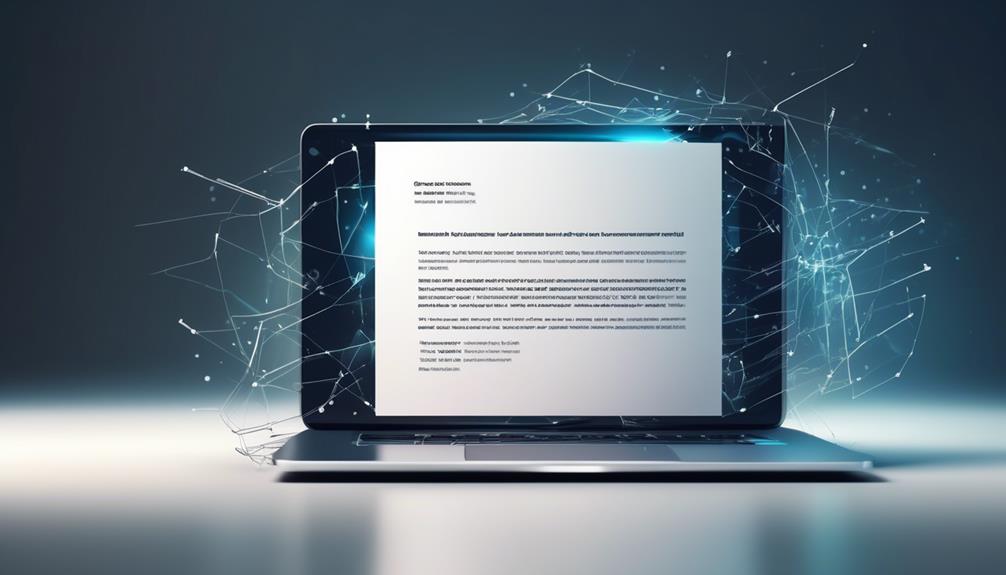
When hyperlinking email templates, it's crucial to consider the user experience and ensure the link leads to the intended action.
We'll explore best practices for creating effective email hyperlinks, including optimizing the subject line and body for clear communication.
Linking Email Templates
Linking email templates streamlines communication by pre-filling emails with key information, enhancing efficiency and professionalism in correspondence. When hyperlinking email templates, it's essential to:
- Ensure that the pre-filled content is relevant and personalized to the recipient, creating a more personalized and thoughtful interaction.
- Optimize the appearance and formatting of the email to reflect the brand's identity and maintain a polished and organized presentation.
- Regularly review and update the linked email templates to guarantee that the information and messaging remain accurate and aligned with current standards and best practices.
Effective Email Hyperlinks
To enhance the effectiveness of linked email templates, we prioritize ensuring that the pre-filled content remains relevant and personalized to the recipient, maintaining a personalized and thoughtful interaction while streamlining communication.
Customizing the email format, including adding hard returns for each list item and using HTML for specific formatting, can greatly enhance the visual appeal and clarity of the email.
Examples of pre-filled email hyperlinks demonstrate how they can be tailored to suit specific needs and the appearance of the resulting email.
Troubleshooting solutions for issues like capitalization, formatting, and image insertion in the email are also available, ensuring a seamless experience for both the sender and recipient.
Benefits of Hyperlinking Email Templates

Hyperlinking email templates offers a streamlined and professional method for pre-populating emails with subject lines and content, enhancing communication efficiency. By utilizing this feature, we can experience several benefits:
- Time-Saving: Hyperlinking email templates saves time by eliminating the need to manually enter subject lines and content, allowing us to focus on meaningful communication rather than administrative tasks.
- Consistency: It ensures consistency in communication by providing a standardized format for emails, reinforcing our professional image and brand identity.
- Enhanced Productivity: With pre-populated templates, we can swiftly send out emails, boosting our productivity and enabling us to devote more time to other essential tasks.
These advantages underscore the importance of integrating hyperlinking email templates into our communication strategies. Not only does it streamline our processes, but it also elevates the quality and professionalism of our interactions.
As we seek to optimize our communication methods, leveraging hyperlinking email templates is a valuable step toward achieving greater efficiency and effectiveness in our daily activities.
Frequently Asked Questions
How Do You Hyperlink to an Email Template?
We hyperlink to an email template by embedding the desired email address, subject line, and body text in the hyperlink. This allows for pre-populating the email content.
To include hard returns in the body text, we add '%0d' followed by the new line of text.
Customizing the email's formatting, such as adding bullet points or numbered lists, can be achieved using HTML or other methods.
Troubleshooting any code capitalization issues involves checking the syntax or seeking assistance from the support team.
How Do I Create a Hyperlink to Open an Email?
We can create a hyperlink to open an email by using the HTML 'mailto' attribute. This attribute allows us to specify the recipient's email address and customize the subject line and body of the email.
It's a bit like painting a picture with code! By adding this attribute to a link, we can seamlessly launch the user's native email client and populate it with the desired information.
How Do I Open an Email Template?
We open an email template by clicking on the provided hyperlink. It's designed to launch our email software with pre-filled content, like the email address, subject line, and body.
Customizing the appearance and formatting can enhance the template's visual appeal and organization.
If we encounter issues, checking code syntax, using alternative tools, and seeking assistance from support teams can help.
This feature can be tailored for various purposes, such as course feedback or contacting support.
How to Create a Link That Automatically Opens a Compose Email Html?
Sure, we can create a link that automatically opens a compose email using HTML. By adding the email address, subject line, and body as parameters in the URL, we can pre-populate the email content.
We can also customize the formatting to include bullet points, numbered lists, and other styles. Troubleshooting issues with formatting can be resolved by checking code syntax and using workarounds.
Can Using a Blank Email Template Help Streamline My Inbox?
Using a blank email template can definitely streamline inbox with template. By having a pre-set format, you can easily fill in the necessary details and send out emails more efficiently. It helps maintain consistency and saves time by not having to start from scratch each time.
Conclusion
Well, now that we're all experts in hyperlinking email templates, I suppose we can add it to our list of highly sought-after skills.
Who knew that such a simple task could require so much knowledge and finesse?
But hey, at least we can all impress our colleagues with our newfound expertise in the art of hyperlinking.
Cheers to becoming email template maestros!



